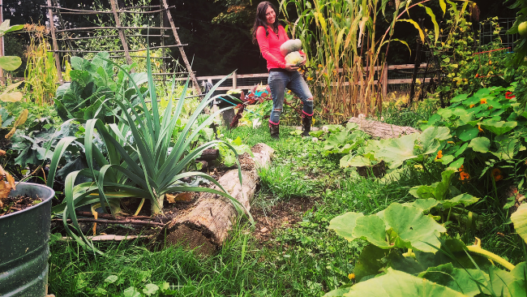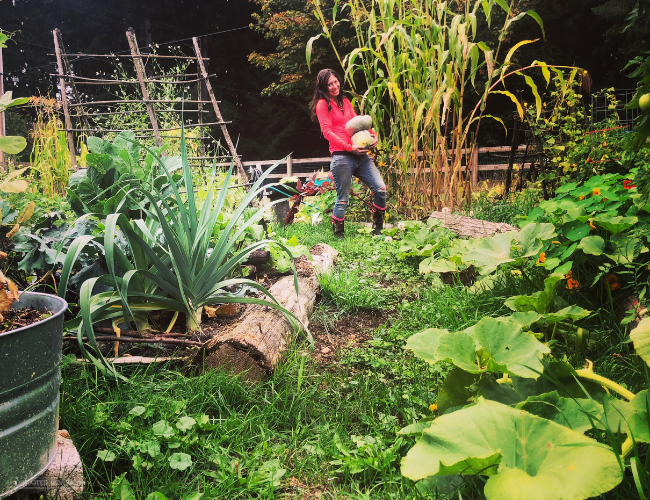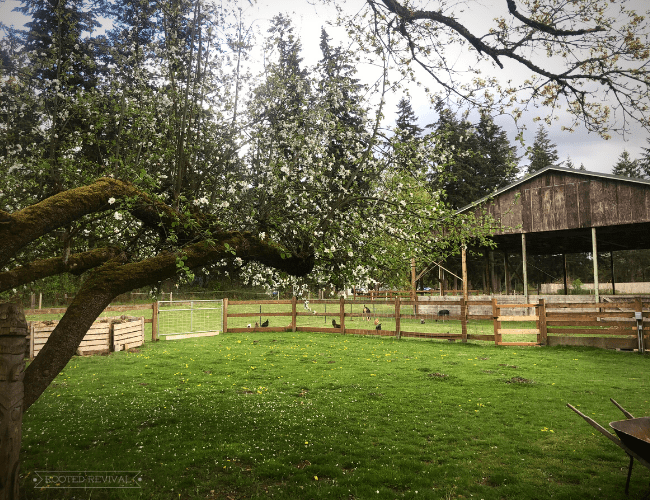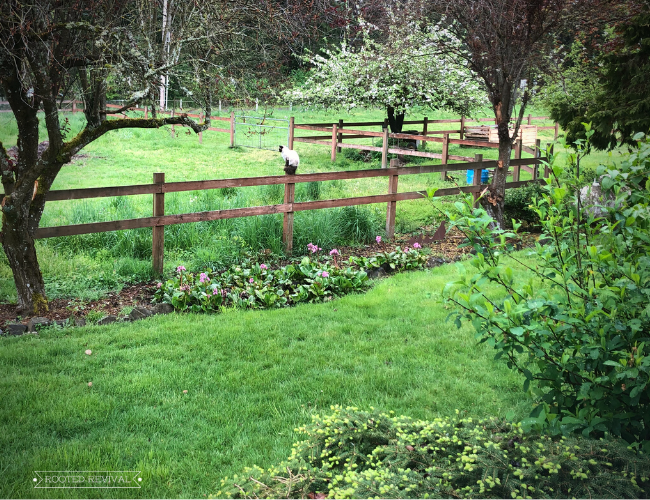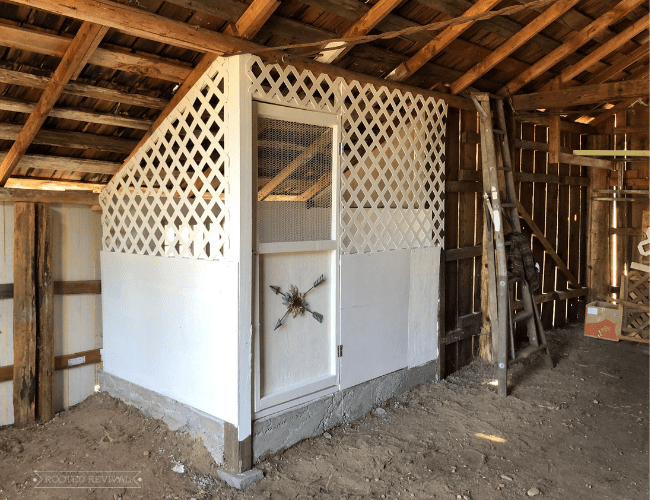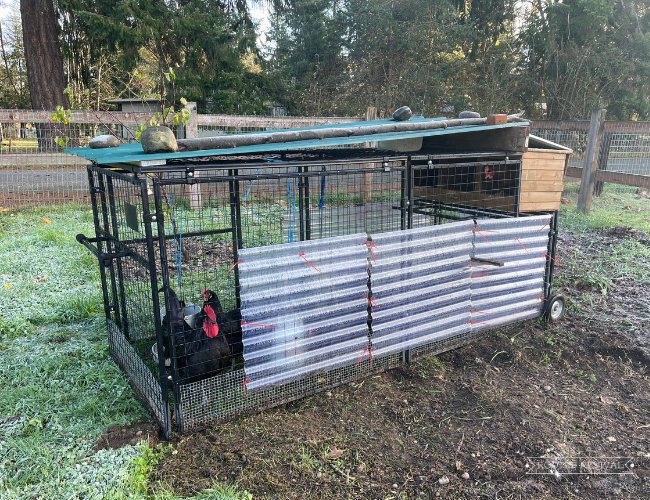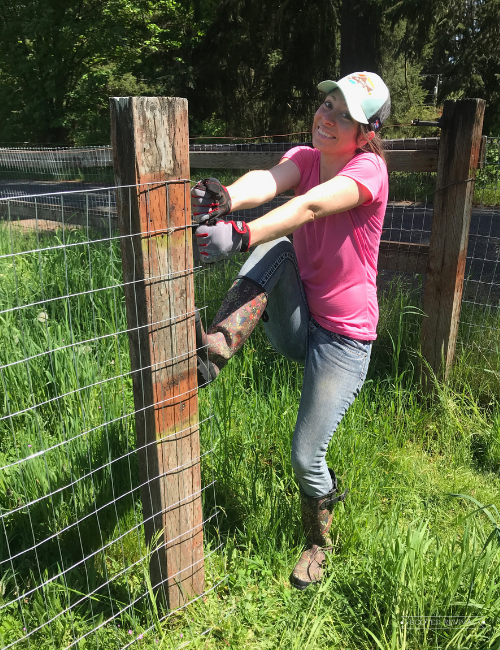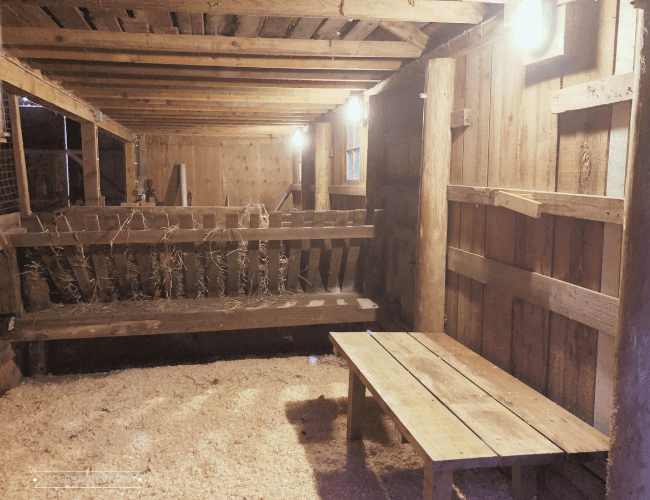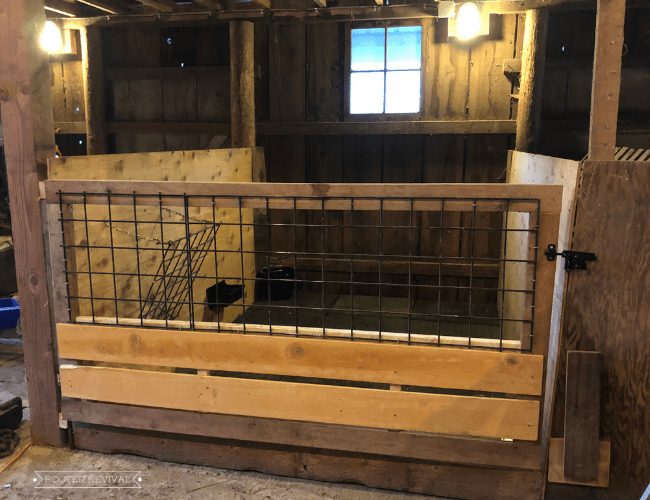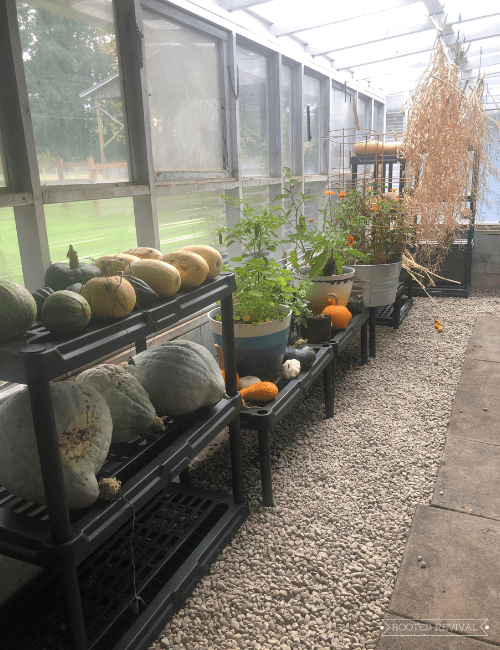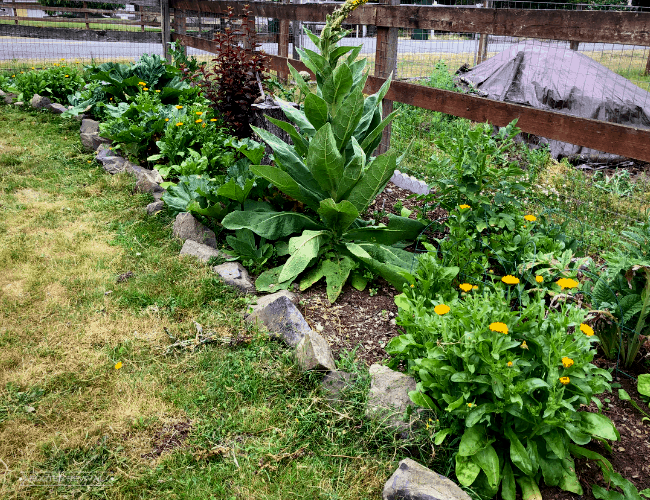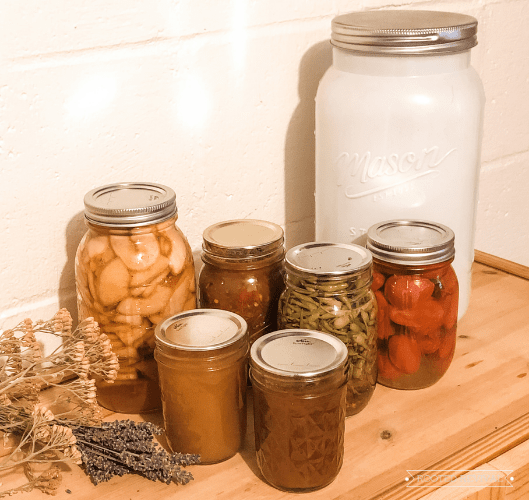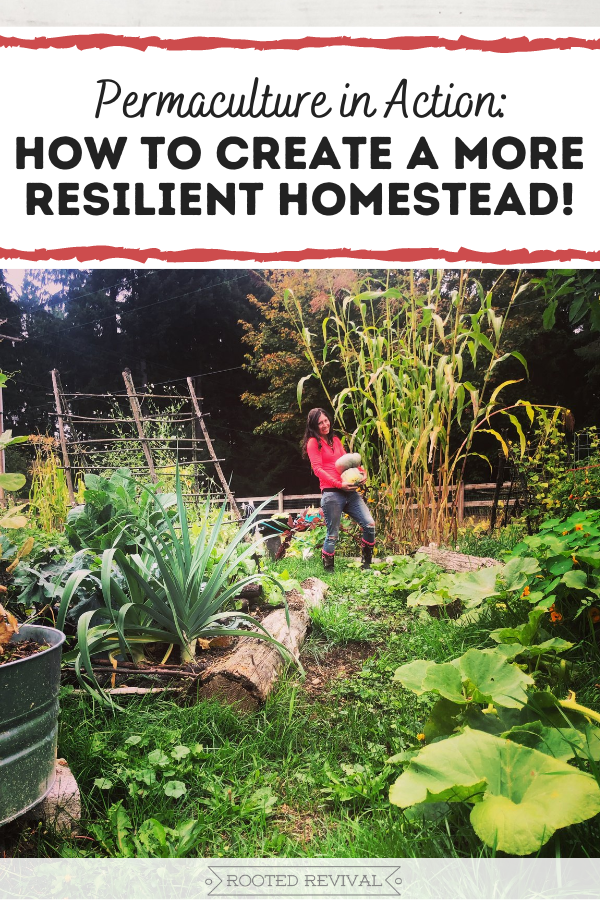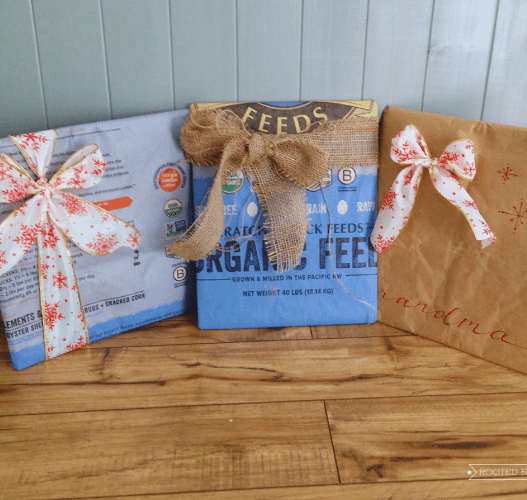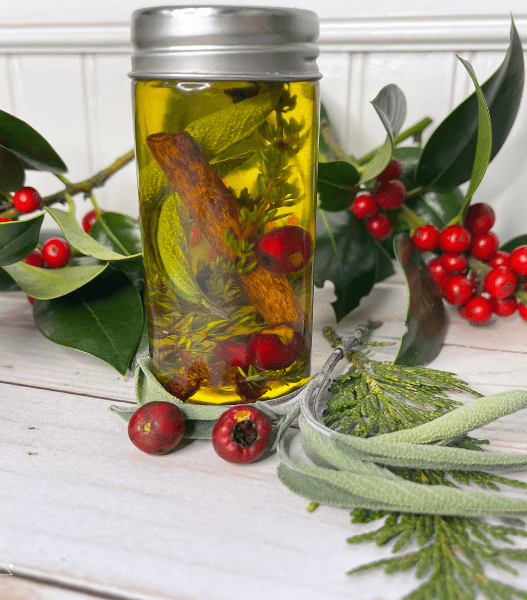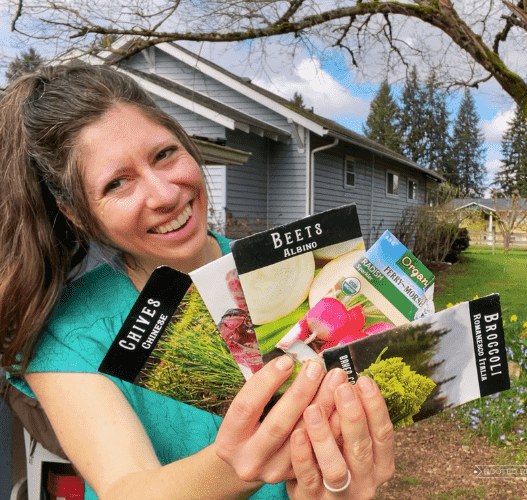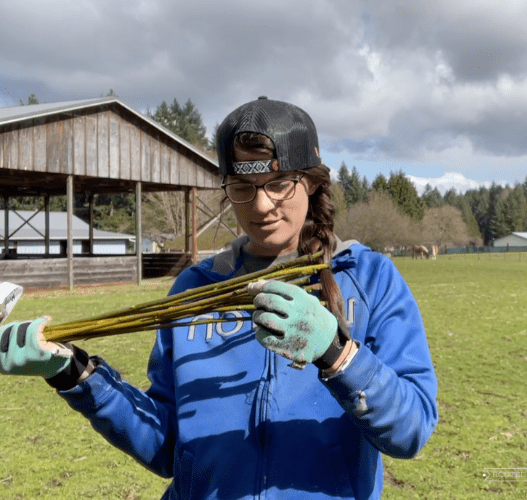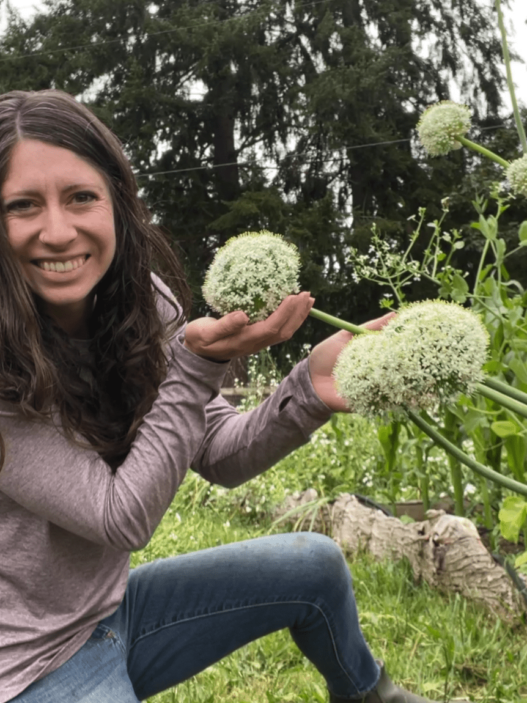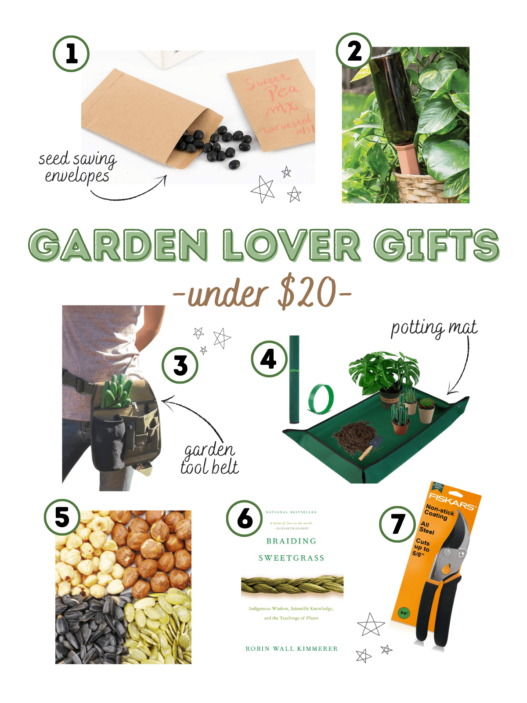Want to make your homestead more resilient? Try implementing the permaculture principle of redundancy! Here’s how!
I always knew that it was important to have systems to back up our systems. That’s just logical, right? You never know when something is going to fail or max out. Having a back-up is just common sense.
Buuuuuut….
If I can be honest, it usually feels like we are barely scraping by and trying to hold things together as it is! I can barely keep ahead of tomorrow’s rain, let alone plan for a 100-year record breaking rain event which may not even happen in my lifetime!
“Get real!” I thought!
Permaculture principle: Every function should be supported by multiple elements
It wasn’t until I was going through my permaculture design certification course that this concept really sank into my head and my heart. It was probably due to the instructor continually asking me “okay, and what’s your back up to this system?” And then I’d come up with a back up and he’d ask for a back up for that!
“Let me get this straight: I just worked on this design for a week straight, and now you want me to back up my system’s back-ups?!”
It was maddening!
But only at first. After a short while, the process started to become more natural. I started automatically thinking about back-ups and redundancy for everything we planned and implemented. Slowly, the importance of it all started to sink in.
Thank goodness that instructor kept pestering me about redundancy because our homestead is better and more resilient because of it!
Permaculture Redundancy: What is it & why does it matter?
In the world of permaculture, redundancy is the idea that if one or more of your systems fails, there will be another system ready to jump in and go to work!
Let’s look at a common scenario:
Most people heat their house using an HVAC system. That system is hooked to the power grid for many. Now, let’s say that a winter storm knocks out power and it’s going to be a couple days before it’s restored (a very real scenario for many people in North America!).
What do you do? Do you have a back up way to keep yourself warm? What about cooking? Your stove may also be hooked to the power grid. And, even worse, your water may be too! What about your WiFi? Do you still get phone service without it? For many rural folks (ourselves included) text and calling is also reliant on WiFi service.
So with the failure of just one system in this example, we possibly have no heat, no water, no way to cook and no way to notify anyone.
While that example is a pretty extreme one, it’s also a very possible one! This is what back-up systems are for.
And it doesn’t have to be a big systems! Permaculture redundancy can be used to strengthen pretty much every part of your home, homestead and life to make you more resilient and more self-sustaining!
Why you should plan early for redundancy
The idea of having to create multiple back ups for every system seems like a lot of work. It can seem downright overwhelming, in fact! It’s so tempting to brush it off, but…
Creating redundancy in our home and homestead systems doesn’t mean that we have to implement them all right now!
Implementation takes time! That’s why permaculture also encourages small, slow solutions so you can test things out and improve the systems and your skills you go.
But, planning for redundancy from the start allows you to have a big picture plan, rather than a plan that has to be pieced together over time. And that means less scrambling and less mistakes in the long run!
Will you make changes to the plan? Sure! I tweak ours regularly. But they are just that: tweaks! Because I created a detailed plan with back-ups and redundant systems from the start, the amount of changes we have to make is minimal.
Having a plan for back ups and redundancy in your systems (as early as possible!) will 100% make your life easier and make your homestead more efficient and resilient!
6 Ways Redundancy Makes Our Permaculture Homestead More Resilient:
Creating back up systems on our homestead is something that is rather new to us within the last few years. We are always working on it and improving our systems as we go. And we have so many more to implement over the coming years!
But, we are very intentional about including redundancy in our plans and designs. And, it’s already paid off! There have been multiple times in just the past two years that we’ve had to utilize our back up systems!
Here’s a look at some of the ways we are creating redundancy on our homestead in order to improve our resilience and self-sustainability:
Multiple chicken coops:
One of the best things we did on our last homestead was to have two chicken coops. It allowed us space for a lot of different ventures like:
- Quarantining new birds
- Acclimating young pullets to the existing flock
- Raising meat chickens separate from our egg layers
- Space for broody hens to hatch and raise their own chicks
When we moved to our new homestead, we knew we wanted at least two coops. What we actually ended up implementing was one large primary coop, one smaller back-up coop and a chicken tractor.
And thank goodness we created so many spaces for the chickens! We didn’t know if we would need them all, but fast forward to today and every single one of them is full currently! We have utilized them for multiple different projects, from temporarily housing our neighbor’s chickens to raising meat chickens and even rotating chickens through the garden in their chicken tractor to help us develop the soil.
Multiple pastured pens for livestock:
Ask anyone with livestock what the bane of their existence is, and they will probably say “fencing”! It feels like we are always mending or altering our fencing!
Let’s face it, you never know when one of your animals is going to break through a fence. Or when something else might break through it! Having back-up areas to move your animals to while you repair the fence is critical for their safety!
I have a very grand plan for our livestock rotation pens which will require even more fencing in the future. But for now, we have three fully-safe, full-fenced sections of pasture. It’s a huge relief knowing that we have multiple sections of pasture in case we ever need them.
Multiple goat pens:
In addition to the multiple chicken coops, we also have multiple goat pens. Honestly, this is almost necessary if you are raising milk goats because you will need pens for breeding, kidding, separating the does for milking, etc.
Currently, we have our primary goat shelter and pen in our main barn. This is where our herd lives throughout most of the year (our buck is usually in with the herd but wears an anti-mating apron). This main area has two sections of fenced pasture and we have additional rotational pens planned for the future.
Then, we have a smaller secondary pen and shelter in our old barn. This is currently being used by our neighbor, but was intentionally planned to be used for breeding season and for weanlings and yearlings.
Finally, we have our kidding pen in the main barn. This is a smaller, entirely indoor pen with power and light where we can keep mama and kids during and after kidding. Once the kids are old enough, they move to the main pen with their mama. Then, this smaller pen serves as a space where we separate our does in milk overnight so that we can milk them in the morning and then turn them back out with their kids afterwards.
Water catchment systems:
Rainfall is no joke in Western Washington, so being able to manage all of that rain is crucial! We use a system of swales and retention ponds to catch, direct and hold the water until it can be absorbed back into the water table. This is vital to making sure that our pens, barns and structures aren’t waterlogged.
We have a loooooong way to go in this area and so many more systems to implement! But, in my permaculture design for our homestead, all of our water catchment systems include overflow areas for heavy rain events. And I am already seeing the benefits in this planning!
We had some torrential downpours just this week! My swale and catchment pond that directs water away from the main barn was completely full and overflowing!
Luckily, I already had an overflow area planned based on the natural slope of the land! So I got our my shovel and dug the planned secondary swale and catchment pond to ease the pressure on the first one. It worked like a charm and I’m so glad that I has already planned it out in advance!
Variety in the garden:
The garden is another area where we’ve made great strides to increase our permaculture redundancy! Obviously the best thing that we do to increase our resiliency is to grow a variety of different plants utilizing a polyculture method. This makes our garden more resilient against pests and diseases, along with supplying us a bountiful and varied harvest. If one plant or type of plant doesn’t make it, we still have plenty of others!
Another thing that I’ve been focusing on is growing in multiple locations and using different growing methods. This year we also added a chicken garden (planted using the “chaos gardening” method) to provide an additional source of animal feed. I’ve really been working on prepping the greenhouse so that we can overwinter more plants. And I’ve also greatly increased my container gardening skills!
Finally, we are continually adding new planting beds where we will continue planting our perennial food forest! Perennial plants, like rhubarb, can be planted once and harvested from for decades! Having a mix of perennial and annual gardens is a great way to create more resiliency!
Food storage methods:
We have also learned some better methods for creating redundancy in our food storage. After one of our freezers broke and we lost an entire half a hog and many chickens that we had harvested, we realized the importance! This is truly the epitome of not putting all your eggs in one basket!
We now have two different freezers that we split our frozen food between. I also keep bags of ice and gallon jugs of frozen water in them to help hold them over in the event of power failures.
We’ve also split our canned good into multiple locations and store some of it upstairs and some of it downstairs in the basement. Finally, we have been very purposefully about preserving our food using a variety of methods (cold storage, canning, drying, etc.). This gives us a variety of food storage options and if one or more types is ever damaged or compromised, we still have other food stores available. Learn more about how to start canning here!
What are some of the ways that you are creating permaculture redundancy on your homestead? Share in the comments!
And, don’t forget to pin this post for later!
